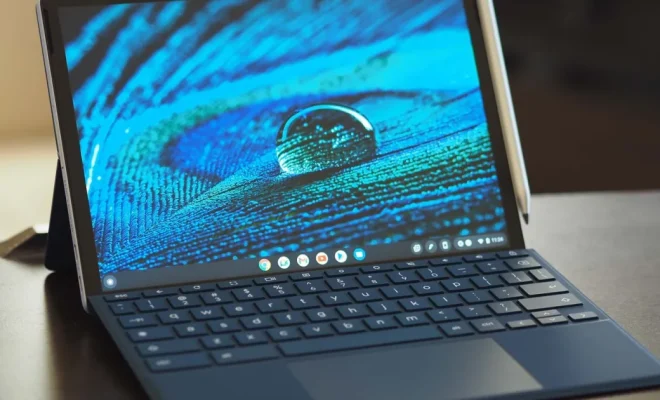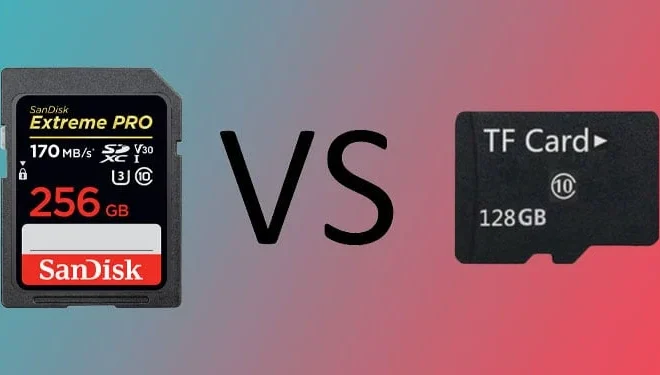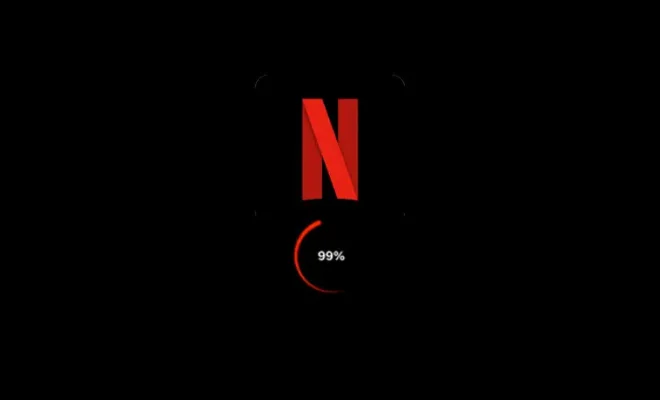Windows 10 GPU Hardware Scheduling: Is It Worth Turning On?
Windows 10 GPU hardware scheduling is a relatively new feature that was introduced by Microsoft in its latest operating system update. The feature aims to significantly improve the performance and efficiency of Graphics Processor Units (GPUs) in Windows devices by enabling them to directly access the hardware scheduler that manages and assigns tasks to the GPU.
Although GPU hardware scheduling was initially introduced with Windows 10 version 2004, it wasn’t enabled by default. However, with the latest Windows 10 update, it’s being turned on by default for compatible hardware. So, the question that arises now is, is it worth enabling GPU hardware scheduling on Windows 10?
The answer is that it depends on the type of hardware you’re using. If you have a newer GPU with support for DirectX 12 Ultimate, then enabling hardware scheduling will likely provide a significant performance boost. This is because DirectX 12 Ultimate has been designed to fully utilize the hardware scheduler, and so enabling GPU hardware scheduling can improve the performance of games and apps that use the API.
If you have an older GPU, however, it may not support DirectX 12 Ultimate, and therefore enabling hardware scheduling may not make much of a difference. In some cases, enabling the feature could even cause performance issues or compatibility problems.
It’s also worth noting that enabling GPU hardware scheduling may not provide a noticeable difference for everyday tasks, such as web browsing, video playback, or office work. Therefore, if you’re not a gamer or a graphic designer, you may not find any significant benefits of enabling this feature on your Windows 10 device.
Enabling GPU hardware scheduling on Windows 10 can be done through the Graphics settings in Windows settings. To enable it, open the Settings app, click on System, and then click on Display. Next, click on Graphics settings, and then toggle on the “Hardware-accelerated GPU scheduling” option.






